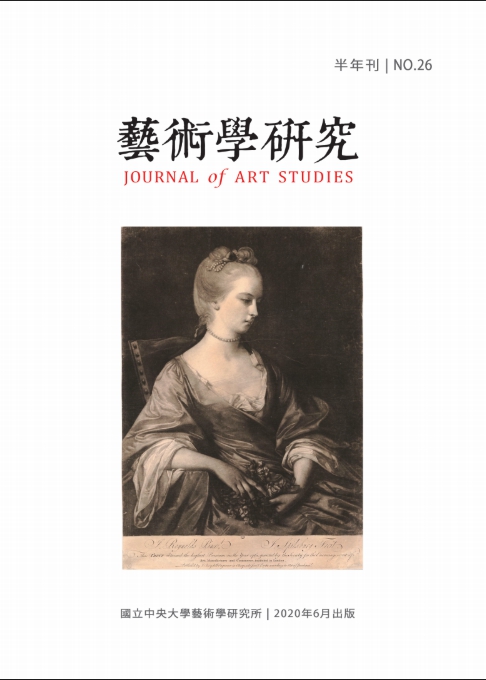世界工廠不斷轉移,從產業革命後的英國,到美國、日本、台灣、大陸,並正往下一處移動工業轉移的當時與之後,談論工廠的藝術徵候著社會的轉型狀態,從中可以辨認在世代與地域差異中的全球化命運。本文選擇台灣藝術家陳界仁(1960-)大陸藝術家曹斐(1978-)與美國藝術家安迪·沃荷(1928-1987),從其「工廠」相關作品與實踐,觀看三位藝術家分別在台灣後工業轉型、大陸經歷產業大最進駐又逐漸移出,以及美國後工業之後的時空,如何以其藝術生產呈現生產現實。在本研究中,文化產業、創意產業或文創產業在這個時空中的興起與興盛,是政經背景,也是要求藝術發展必須正視其產業本質的契機。正是在這樣的情境中,我們看到沃荷成為美國去工業化後的藝術家自我產業化的代表,全球玩家曹斐能提示全球化下中國藝術作為一種品牌的一條國際路線,而同為國際藝術家的陳界仁身上則可以期待台灣在轉型經濟中的另一種藝術與文創生產。
After the Industrial Revolution, countries including Britain, America, Japan, Taiwan, and China, have taken turns serving as the world’s factory. During and post-industrialization, artworks addressing the factory reveal symptoms of the transformation of society, as well as generational and regional differences in globalization. This paper discusses factory-related artworks or practices of Taiwanese artist Chen Chieh-Jen (1960- ), Chinese artist Cao Fei (1978- ), and American artist Andy Warhol (1928-1987) in their respective contexts: Taiwan undergoing its transition to a post-industrial society; China, currently the world’s factory, with massive industries having moved in, and now increasingly moving out; and the post-industrial United States. The three artists in question produce artworks in order to reveal the reality of production. Emerging or flourishing cultural and creative industries not only reveal society’s political and economic background, but also the nature of art as a productive industry in its own right. From this perspective, Warhol is a creative entrepreneur presenting himself as an artistic production line in deindustrialized America; Cao, a global player, can be seen as a global Chinese art brand showcasing works mainly at international art venues; Chen, also an international artist, is in a position to offer alternative cultural and creative production in post-industrial Taiwan.


